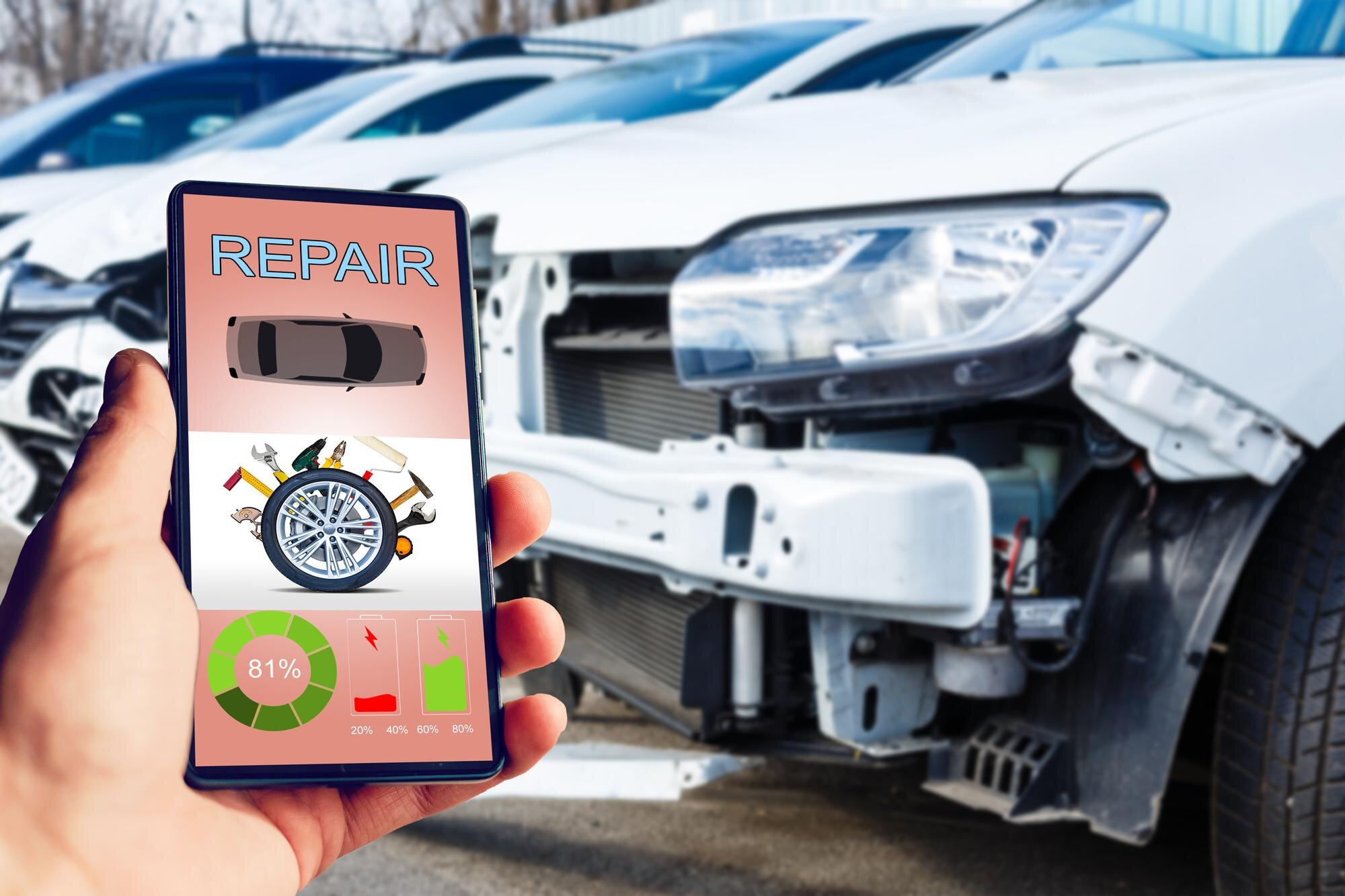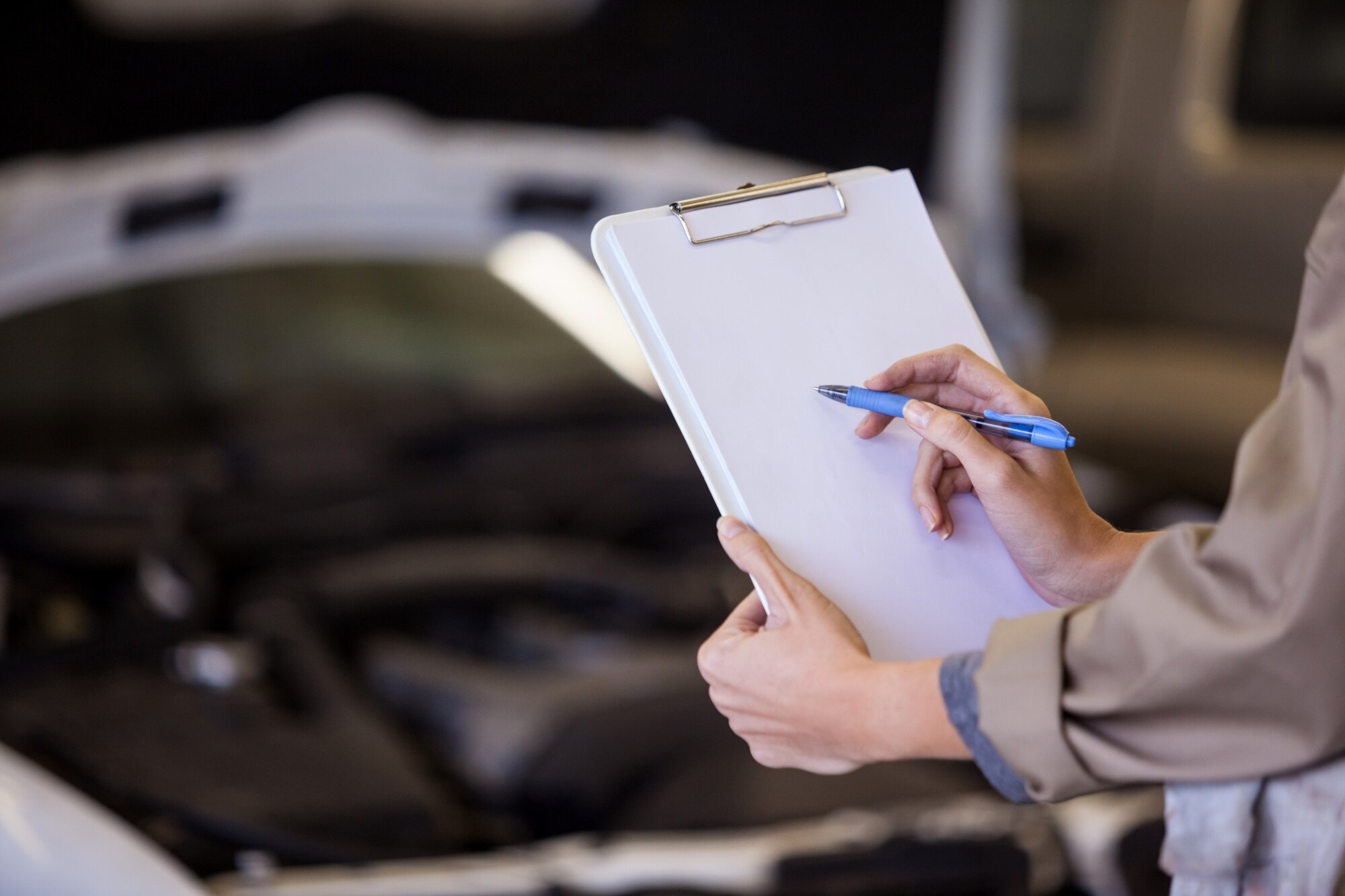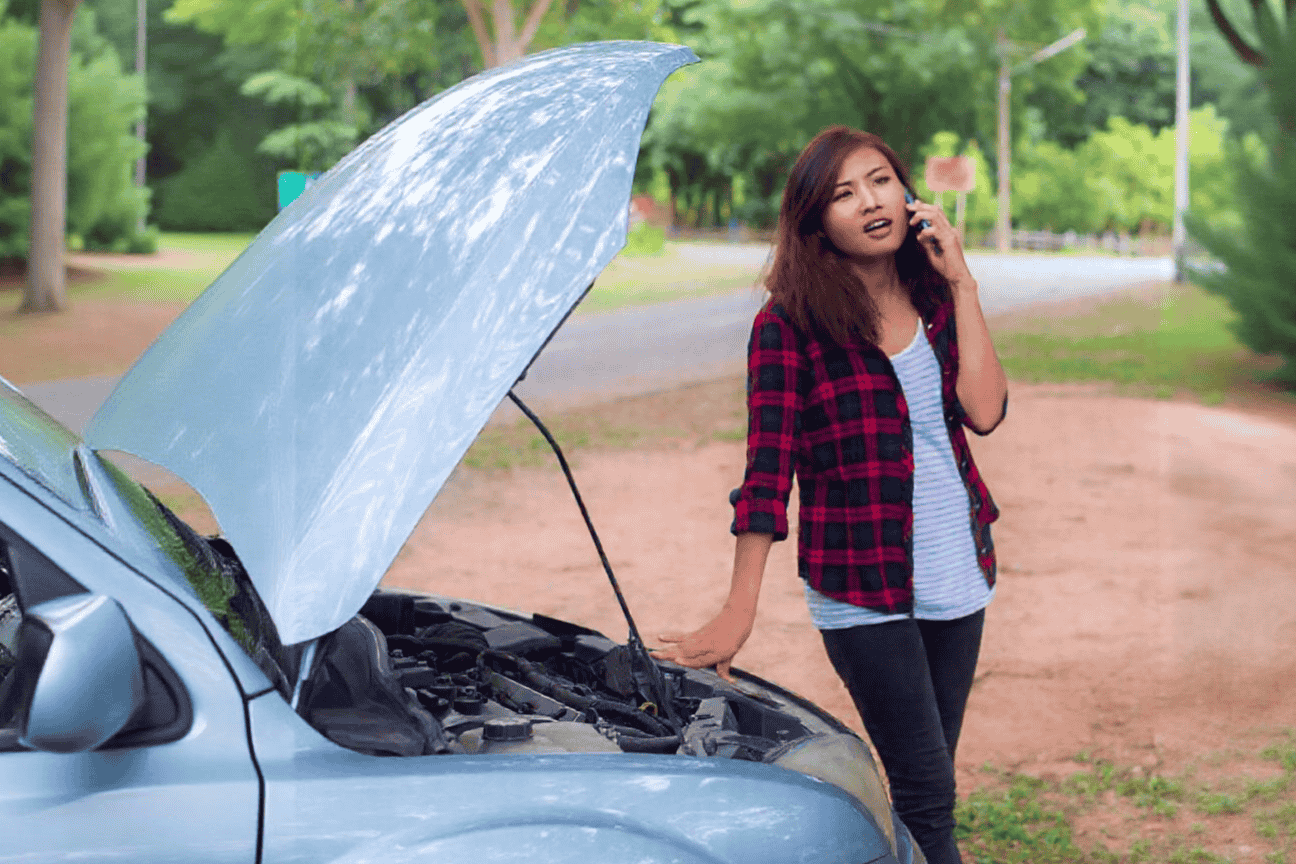Identify common car issues before they escalate into major problems with these expert tips.
Introduction
Failing a car inspection can be a frustrating experience, but it’s important to understand that it doesn’t mean the end of the road for your vehicle. Car inspections are designed to ensure that your vehicle is safe to drive and meets environmental standards. If your car fails, it’s not necessarily a reflection of its overall condition, but rather a sign that specific areas need attention.
In this blog, we’ll guide you through what to do if your car fails its inspection and how to take the right steps toward getting it back on the road.
1. Understand Why Your Car Failed
What Failed? The first step after a failed inspection is to understand exactly why your car did not pass. Car inspections typically focus on a few key areas:
- Emissions: High levels of pollutants can indicate a problem with the exhaust system or engine.
- Brakes: Worn-out brake pads or malfunctioning braking components can be dangerous and fail the inspection.
- Tires: Bald tires or incorrect tire pressure may result in a failure.
- Lights and Signals: Non-functioning headlights, brake lights, or turn signals are a common reason for failure.
- Suspension: Issues with shocks, struts, or alignment can affect your car’s handling and safety.
- Windshield: Cracked windshields or damaged wipers can be a safety hazard and cause failure.
Check the Report: The inspection center will provide you with a detailed report outlining the specific reasons for the failure. Review the report carefully and identify which areas need repair or attention. Here’s a helpful resource on understanding inspection reports.
2. Don’t Panic – You’ve Got Options
Re-Inspection Window: Many inspection centers offer a re-inspection after repairs have been made. Once your car has been fixed, you can bring it back for a re-inspection, often at a reduced cost or for free, depending on the rules of the facility.
Temporary Permit: In some cases, if your car is still technically operable but fails on minor issues, you may be eligible for a temporary permit. This allows you to continue driving your car until the issues are resolved, usually with a deadline for when the car must pass re-inspection.
3. Determine the Cost of Repairs
Evaluate the Required Fixes: Once you’ve pinpointed the issues that led to the failed inspection, it’s time to get an estimate for repairs. You have a few options here:
- Independent Mechanic: Taking your car to an independent mechanic can often be more affordable than visiting a dealership. Here’s a guide to finding a reliable independent mechanic.
- Specialist: If your car failed in a specific area, such as emissions or brakes, consider going to a specialist for that particular repair. Check out this comparison of specialists vs. general repair shops.
- Dealership: If your car is under warranty or you prefer original parts, a dealership may be the best route, though their services are typically more expensive. Learn about when to choose a dealership for repairs.
Consider the Costs vs. Value: Before proceeding with expensive repairs, it’s important to consider the cost of repairs in relation to the value of your car. If the repairs are costly but your car is old or has low resale value, it might be time to think about whether the repair is worth it. Here’s a helpful guide on deciding when not to repair your car.
4. Perform the Repairs
DIY or Professional Help? Some car repairs can be tackled by DIY enthusiasts, especially if you have a bit of mechanical knowledge. This guide could help to tackle out simple issues yourself.
However, for more complex issues like emissions problems, brake repairs, or suspension issues, it's best to leave the work to a professional mechanic. These repairs can be dangerous or require specialized tools and knowledge, so professional help will ensure the job is done correctly.
Focus on Safety: When performing repairs, always prioritize safety. Brake systems, suspension issues, and electrical repairs are crucial for your vehicle’s safe operation. Never skip essential repairs in favor of cutting corners.
5. Get a Second Opinion
If You’re Unsure About the Diagnosis: Sometimes, a failed car inspection can feel like a surprise, especially if you weren’t aware of any issues before the test. If you’re uncertain about the results, it’s perfectly okay to get a second opinion. A different mechanic or inspection center may provide you with a clearer picture or offer alternative repair solutions.
Reviewing the Work: Once repairs are completed, have the same or a different mechanic double-check the work to ensure everything is in good shape. For example, if you had brake pads replaced, make sure the new pads were properly installed and that the braking system functions as it should.
6. Re-Inspection Process
Get Your Car Inspected Again: After completing the necessary repairs, schedule a re-inspection. Depending on the inspection rules in your area, you may be required to show proof of repairs before the re-inspection. This can usually be done with receipts from your mechanic or repair shop.
What to Expect: During the re-inspection, the technician will check that the problems that caused the failure have been fixed and will re-test the failed areas. If your car passes, you’ll be issued a passing certificate, allowing you to legally drive your vehicle on the road.
Additional Costs: Be prepared for the cost of re-inspection, which is often lower than the initial inspection fee, but not always free. Make sure you’re aware of the cost structure in your area.
7. Alternatives If Repairs Aren’t Feasible
Selling or Trading Your Car: If the cost of repairs is too high, you may want to consider selling or trading in your vehicle. Many buyers or dealerships are willing to purchase cars that have failed inspections, especially if they’re priced accordingly. You can use the funds to help purchase a new or used car that meets the inspection standards.
Consider a Salvage Title: In some cases, if the repairs are beyond what you’re willing to invest, you may be able to sell the car as a salvage vehicle. This means the car is sold with a disclosure that it has failed inspection and may need significant repairs to be roadworthy again. This option may provide you with some return on your vehicle, although it can limit your buyer pool.
8. Stay Proactive to Avoid Future Failures
Regular Maintenance: To avoid future inspection failures, keep up with regular car maintenance. Regular oil changes, brake inspections, and tire rotations can prevent many common issues that lead to failed inspections. Preventative maintenance helps ensure that your car is always in good condition, reducing the chances of surprises during an inspection.
Keep Your Car Clean: A clean car can also pass its inspection with fewer issues. Make sure that the undercarriage is free of debris, and the engine is kept clean, as dirt buildup can sometimes lead to misleading results during emissions testing.
9. Conclusion
Failing a car inspection doesn’t have to be the end of the line for your vehicle. By understanding the reasons behind the failure and taking the right steps to address them, you can ensure your car meets safety and environmental standards. Whether you choose to repair, sell, or trade your vehicle, remember that staying informed and proactive is the key to keeping your car running smoothly and safely on the road.
Key Takeaways:
- Understand exactly why your car failed its inspection and focus on necessary repairs.
- Consider your options: repair, sell, or trade your vehicle based on the cost of repairs.
- Keep up with regular maintenance to prevent future failures and keep your car in good condition.
Taking these steps will not only help you pass the next inspection but also extend the life of your vehicle.




Share this post: